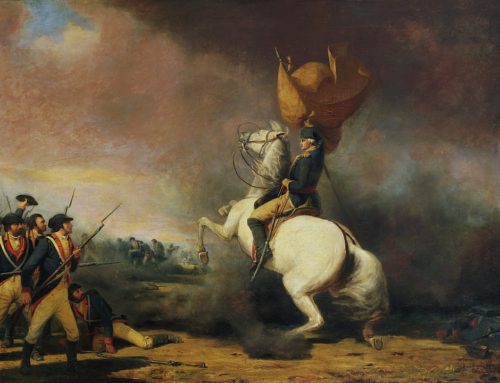I recently reread this classic and happily can report that I thoroughly enjoyed it. Halberstam made an interesting comment. When we think of the 50’s, we have an image of a black and white society where changes took place slowly. Today we see our society in color and fast moving. I am not certain which era is superior. While leaders such as Truman and Eisenhower are superior to our current leadership, the McCarthy witch hunts, our rampant racial discrimination, and hostility toward homosexuals was disturbing.
Halberstam provided wonderful portraits of the titans of the age–Eisenhower, Dulles, Oppenheimer, Edgar Hoover, McCarthy, and Warren. He also discussed the rise of television–Lucy Ball, Milton Berle, Marilyn Monroe, Walter Cronkite, etc.
I was fascinated both by the positives and negatives of some of the seminal business leaders of the time. Ray Kroc, the man who put McDonald’s on the map, tirelessly worked to fulfill the American dream of becoming a millionaire. Kroc came up with the concept of the food franchise where you could enjoy the same tasty hamburger from California to Maine at $.15. Families for literally peanuts could enjoy a night out. Kemmens Wilson who placed his holidays along the nation’s roadsides, and William Levitt who established Levittown. Levittown was large suburban housing developments of affordable housing. Sadly, Levitt would not let Blacks purchase homes in his communities, fearing white flight. Another prominent businessman was Eugene Ferkauf, E.J. Korvette’s founder. Korvette’s discounting revolutionized retailing.
Another interesting discussion was the sexual revolution. It started with the Kinsey Reports, two books on human sexual behavior. The ignorance about sex in the era was truly astounding. Sadly, Dean Rusk who headed the Rockefeller foundation failed to provide ongoing funding for Kinsey because of political pressure to downplay sexual education. In response to the Kinsey report, Hugh Hefner founded the incredible successful Playboy, an upscale magazine featuring nude women.
Lastly, Betty Friedan in her book, The Feminine Mystique, highlighted the frustration of well-educated suburban women. Despite their education, these women were expected to “stay in the kitchen” chauffer their children, and make certain that they treated their husbands as “kings” when they returned from work. Unlike magazine descriptions, many of these women were disenchanted with their lives.
My regret is that neither Halberstam nor others have done comparable books on subsequent decades.



